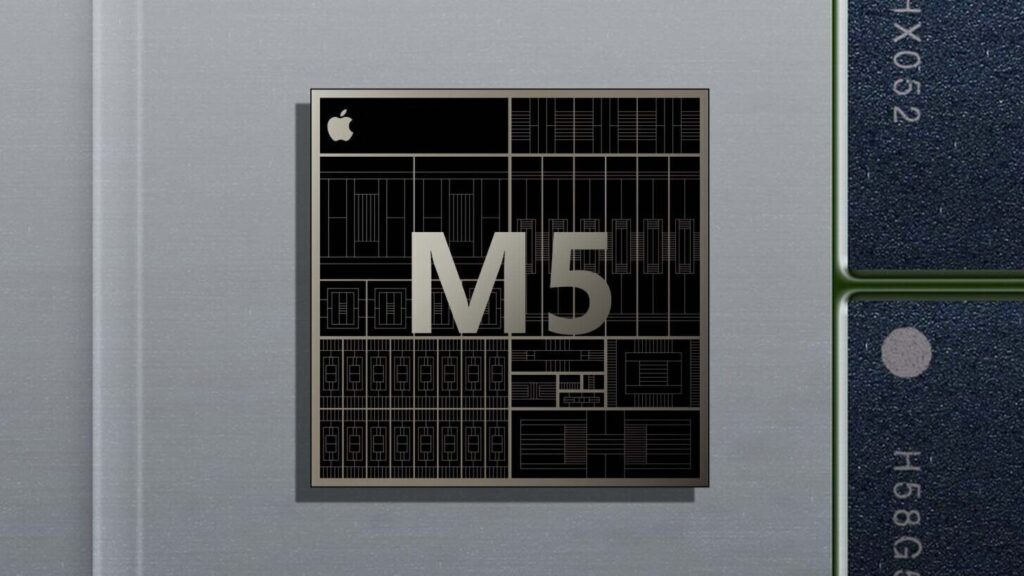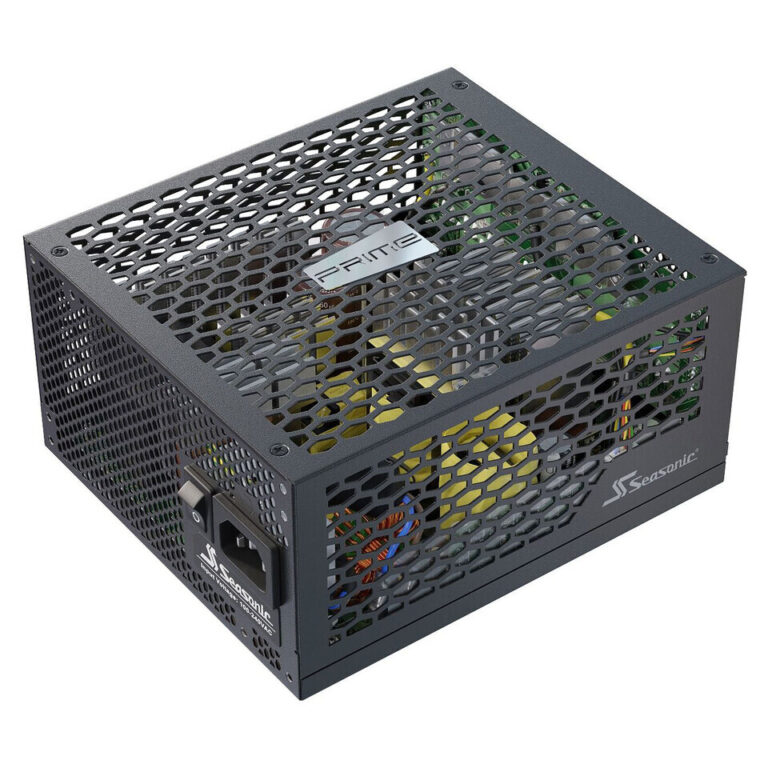
Apple’s M5 chip is making waves as the next big step in their silicon lineup, powering devices like the iPad Pro, MacBook Pro, and Vision Pro. While it’s not fully out yet, early leaks and benchmarks from 2025 give us a glimpse of what to expect. Based on reports from sources like NotebookCheck, TechPowerUp, and MacRumors, the M5 promises solid gains over the M4, especially in GPU and AI tasks. Let’s break it down simply.
M5 vs. Previous Generations
The M5 sticks to a 3nm process from TSMC, focusing on efficiency and steady improvements rather than huge leaps. Early Geekbench leaks from an M5-powered iPad Pro (model 17,3) show single-core scores around 4,133 and multi-core around 15,437. That’s a close match to the M4 Max in single-core performance but lower in multi-core, which makes sense for a tablet chip versus a desktop powerhouse.
Compared to the M4:
- CPU Boost: About 10-15% faster single-core and multi-core, great for everyday tasks like browsing or editing.
- GPU Gains: Up to 35-36% improvement, shining in graphics-heavy work like gaming or video rendering.
- AI and Machine Learning: 20-25% better, thanks to tweaks in neural processing for things like on-device AI.
For M3 and M2 users, the M5 could feel like a worthwhile upgrade, with 15-25% overall jumps. M4 owners might wait for M5 Pro/Max in 2026 for bigger changes.
Key Features and Expectations
The M5 uses a 9-core setup (3 performance cores, 6 efficiency cores) clocked up to 4.42 GHz, with 12GB RAM in base models (likely 16GB+ for higher storage). It’s built for better power savings and thermals, extending battery life in MacBooks and iPads. Expect it in the iPad Pro this fall, MacBook Pro in October 2025, and MacBook Air in early 2026.
Apple’s focus is on balanced gains—faster clocks, better efficiency, and AI smarts—without overhauling everything. It’s a solid evolution, prioritizing longevity over flashy specs.
What do you think about the M5’s upgrades? I’d love to hear your thoughts!




